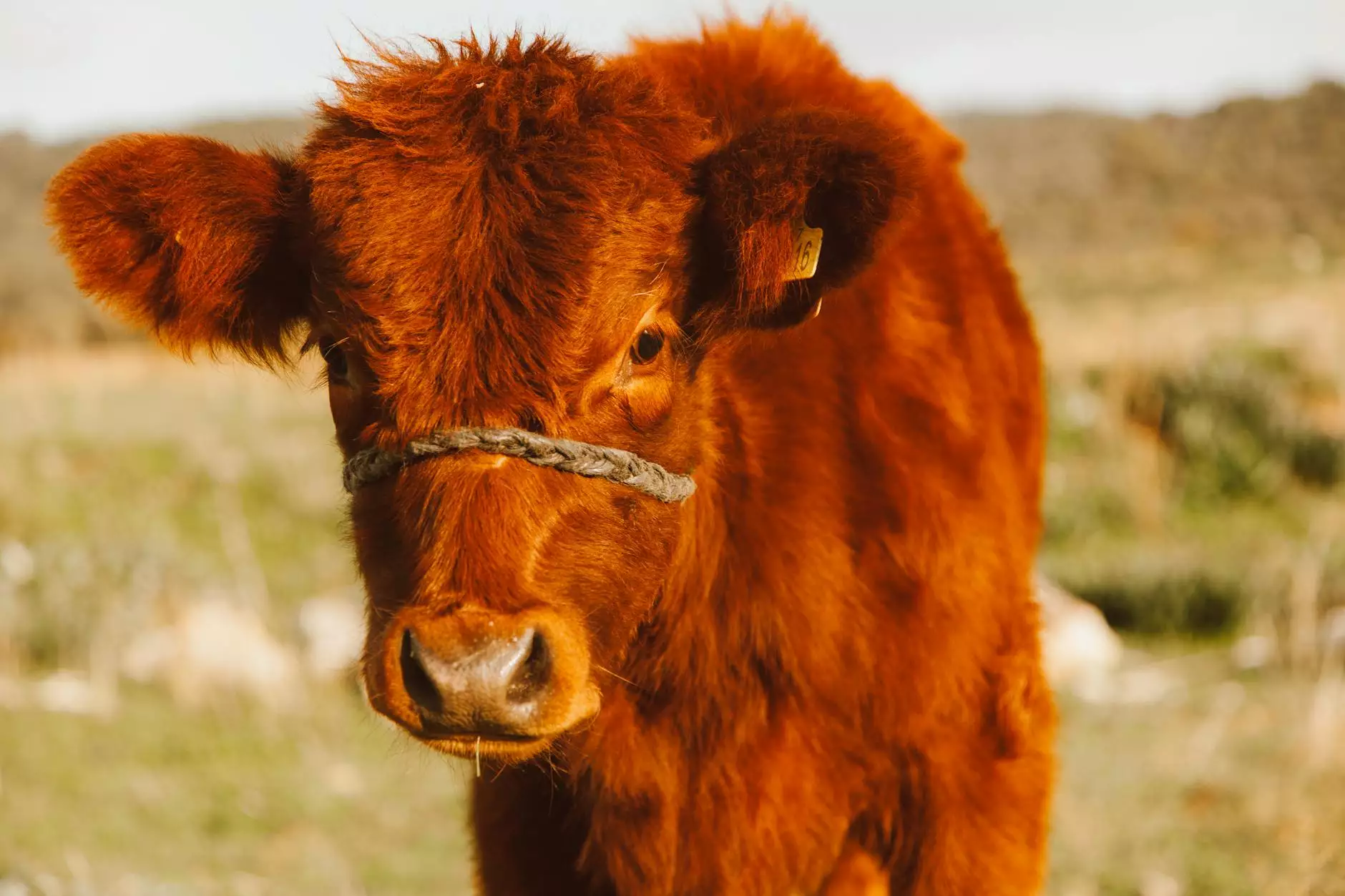A Guide to Horse Shoes: Types, Benefits, and Maintenance
Maps
Welcome to Cherry Berry Emporium/Pineapple Parade, your go-to resource for all things equestrian! In this comprehensive guide, we explore the fascinating world of horse shoeing. Whether you're an experienced equestrian or just starting out, understanding the different types of horse shoes, the benefits they offer, and how to properly maintain them is crucial to ensure your four-legged friend's comfort, performance, and overall well-being.
The Importance of Horse Shoes
Horse shoeing is an age-old practice that plays a crucial role in equine hoof care and performance. Horse shoes provide a protective barrier between the hoof and the ground, preventing wear and tear, reducing the risk of injury, and promoting proper balance and traction.
Without the appropriate horse shoes, a horse's hooves can become vulnerable to cracks, chips, and other potential issues caused by uneven terrain, strenuous activities, or improper weight distribution. Investing in the right horse shoes and ensuring regular maintenance is essential to enhance your horse's overall comfort, mobility, and performance.
Types of Horse Shoes
There are various types of horse shoes available, each designed to cater to specific needs and preferences. Let's explore some of the most common types:
Traditional Metal Horse Shoes
Traditional metal horse shoes, made from steel or aluminum alloy, are among the most popular choices due to their durability and versatility. These shoes provide reliable protection and support for horses engaged in various disciplines, including dressage, show jumping, and trail riding.
The advantage of metal horse shoes lies in their ability to withstand rigorous activities and last for extended periods. However, they may require regular farrier visits to ensure proper fitting, maintenance, and replacement when necessary.
Therapeutic Shoes
Therapeutic horse shoes are specifically designed to aid horses with hoof-related issues or injuries. These shoes usually have a customized shape and include features such as extended heels, frog support, or specialized padding to alleviate discomfort and promote healing.
Therapeutic shoes can help address conditions such as laminitis, navicular syndrome, or chronic hoof abscesses. It is crucial to consult with a professional farrier or veterinarian to determine the most suitable therapeutic shoeing solution for your horse's specific needs.
Sport-Specific Shoes
For horses engaged in specific disciplines, such as racing, eventing, or western riding, sport-specific horse shoes offer specialized features tailored to enhance performance on specific terrains or activities. These shoes are often lighter, offer increased traction, and may have additional grip mechanisms for optimum performance.
It is important to consult with a knowledgeable farrier or trainer who understands the unique requirements of your horse's discipline to determine the most appropriate sport-specific shoeing options.
Natural Balance Shoes
Advocates of natural hoof care often opt for natural balance horse shoes. These shoes aim to mimic the barefoot experience while providing additional protection and support. Natural balance shoes usually have a flexible sole, allowing the hoof to flex more naturally as it would in its natural state. They are often made of materials such as polyurethane or rubber.
Choosing natural balance shoes requires careful consideration, as not all horses may respond well to this type of hoof protection. Consulting with a knowledgeable hoof care professional can help determine if natural balance shoes are suitable for your horse's individual hoof conformation and lifestyle.
The Benefits of Proper Horse Shoeing
Proper horse shoeing offers a multitude of benefits, ranging from increased comfort to improved performance. Let's delve into some of these advantages:
Enhanced Hoof Protection
Horse shoes act as a shield, protecting the hooves from excessive wear and tear caused by various terrains, weather conditions, and activities. This helps prevent injuries, cracks, and other hoof-related issues that may impede your horse's overall health and soundness.
Optimal Traction and Stability
Equipped with the right horse shoes, your horse will enjoy enhanced traction and stability, reducing the risk of slips, falls, or accidents caused by slippery surfaces or uneven terrain. This allows for confident movement and improved performance in various activities.
Better Weight Distribution
Properly fitted horse shoes help distribute weight evenly across a horse's hooves, promoting balanced movement and reducing strain on specific areas. This is particularly important for horses with foot or leg abnormalities, as well as those engaged in physically demanding disciplines.
Improved Performance
By providing support, protection, and improved stability, well-fitted horse shoes can significantly enhance your horse's performance in various activities. Whether you participate in competitive events or simply enjoy leisurely rides, the right horse shoes can make a noticeable difference in your equine partner's performance and overall experience.
Maintenance and Care
To ensure the longevity and effectiveness of your horse's shoes, regular maintenance and care are crucial. Consider the following tips:
Regular Farrier Visits
Schedule periodic visits with a professional farrier to assess, trim, and re-shoe your horse's hooves. Regular maintenance appointments help identify any potential issues, ensure proper shoe fit, and timely replacement when necessary.
Monitor Hoof Health
Regularly check your horse's hooves for signs of wear, cracks, or other abnormalities. Clean the hooves thoroughly and inspect for any foreign objects or debris that may cause discomfort or infection. Promptly address any hoof-related issues with the assistance of a qualified professional.
Proper Cleaning and Hygiene
After each ride, clean the horse's hooves and remove any mud, dirt, or debris that may accumulate. This helps maintain proper hygiene and prevents potential infections or discomfort. Additionally, ensure the storage area for horse shoes is dry and clean to prevent rust and damage.
Regular Exercise
Adequate exercise promotes healthy blood circulation, hoof strength, and overall well-being for your horse. It also helps prevent hoof stiffness and encourages natural wear and growth. Consult with your veterinarian or trainer to establish an exercise routine suitable for your horse's individual needs.
Conclusion
In conclusion, understanding the types of horse shoes available, their benefits, and proper maintenance is essential for any horse owner or enthusiast. The right horse shoes can significantly enhance your horse's comfort, performance, and overall well-being by providing protection, stability, and support throughout various activities and terrains.
At Cherry Berry Emporium/Pineapple Parade, we understand the importance of quality horse shoeing and offer a wide range of options to cater to your specific needs. Our knowledgeable staff and experienced farriers are dedicated to providing the utmost care and guidance to ensure your horse receives the best possible hoof protection. Explore our selection and make an informed choice to optimize your equine companion's overall hoof health and performance!




